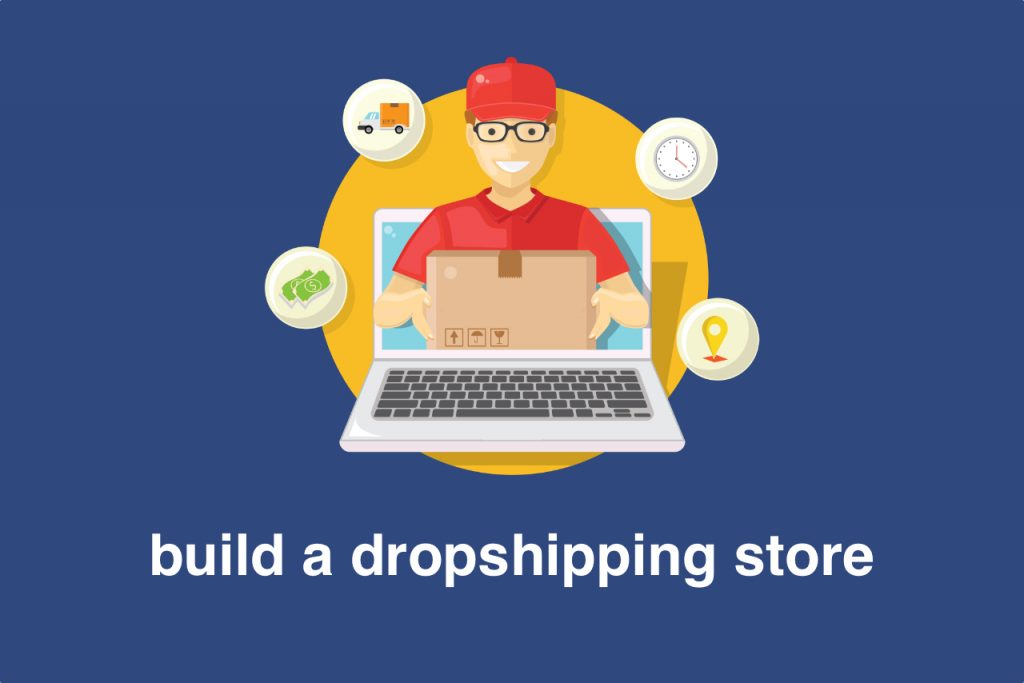Steps to Build a Dropshipping Store
Choose a theme
Many hosts offer free themes and help with design and build-out. Decide whether you want to use a free platform or if you’d be willing to put forth a little cash to get a more comprehensive, professional-looking theme.
Develop a logo
Add a logo to your site in order to help with branding and recognition. Learn the importance of the logo of your business. There are lots of designers out there who can help you come up with a logo for very little money, or feel free to design one on your own logo if you’re so inclined.
Add content
Choosing what goes on the site in terms of images, descriptions, and other text can be both fun and daunting, depending on how large your site is going to start out. For every product you offer, you need images, descriptions, and prices, so consider all that when you’re thinking about selling 1000 different items on your site. Of course, that’s not to say you can’t start with a smaller number of products in order to launch your site more quickly and then add products as time allows.
Choose your site settings
Laying out your payment options and setting the site up to handle them, as well as different shipping information and options for the customers, is going to be key to bringing in revenue quickly and easily. What types of credit cards and other payment methods will you accept? How many shipping companies will you work with? They all need to be plugged into the site’s framework. Consider the customer’s journey on your site from start to finish. Let’s make it as user-friendly and easy as possible for people to buy things from you. What categories and pages will you have on the site? Most platforms will help you with this by having templates and themes you can draw from.
Add plugins
Plugins are unavoidable if you want advanced features and a polished site (which you do). Many plugins are free, but some of the really good ones have a fee associated with them, so watch for that. The costs of adding a lot of different plugins can add up quickly.
Security features
This is often overlooked by new business owners, but you’re going to absolutely have to have security features and an SSL certificate on your website to ensure the safety and privacy of customers who will be inputting their payment information and personal details. All of this can seem overwhelming, but most platforms help to make the process fairly straightforward and will help with making it a relatively painless process.
